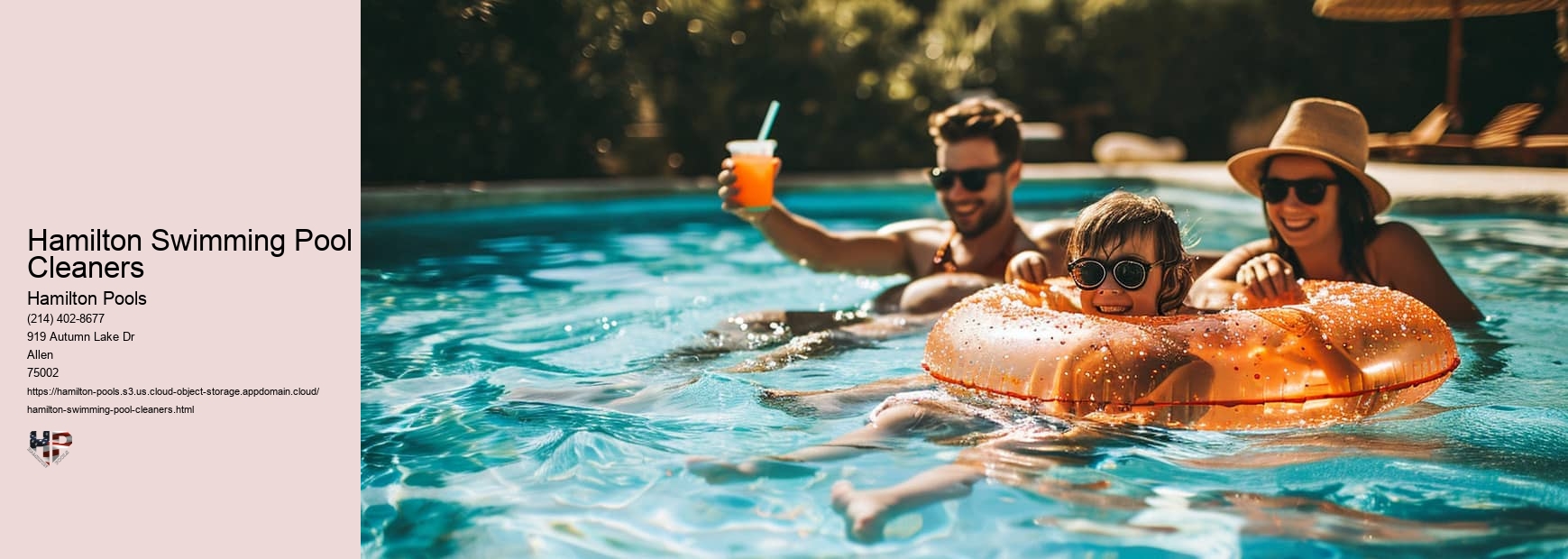
Ready to revolutionize the way you maintain your pool? Look no further than Hamilton Pools, the unrivaled experts in pro pool cleaning and repair. With our meticulous attention to detail and cutting-edge techniques, we ensure that your pool remains a haven of tranquility and beauty. But that's not all – our skilled technicians go above and beyond to provide personalized care tailored to your pool's unique needs. Discover the secret to a pristine and hassle-free pool experience with Hamilton Pools. Get ready to dive into a world of unparalleled expertise and service.
To maintain optimal water quality in your pool, it's important to understand the salinity levels in saltwater pools. Salinity refers to the amount of dissolved salt in the water, and it plays a crucial role in the chemistry of your pool. Saltwater pools are becoming increasingly popular due to their lower maintenance and the natural feel of the water. However, maintaining the right salinity levels is essential for ensuring a clean and safe swimming environment.
To further guarantee your peace of mind, we offer warranties on our services. We stand behind the quality of our work and are committed to resolving any concerns or issues that may arise. Our goal is to exceed your expectations and ensure that you are completely satisfied with our pool care services.
Backwashing Hamilton PoolsManual methods work surprisingly well! Skim debris before tackling the bottom. Use a pool brush to loosen dirt, then sweep it towards the deep end using a pool broom. Finally, manually scoop or net the accumulated dirt from the deep end. It's a workout, but effective!
Vinegar can help temporarily, but it's not a long-term solution for green pool problems. Its acidic nature might adjust pH slightly, but won't effectively kill algae responsible for the green color. Consider shocking the pool for proper algae control!
In swimming, '25' typically refers to the distance of one lap in a standard 25-meter pool. It can also signify the length of a particular drill or set within a workout.
Technically possible, but unlikely. UTIs usually stem from bacterial imbalances within the body. However, poorly maintained or heavily chlorinated pools can irritate skin and mucous membranes, potentially increasing susceptibility to infections. Maintain proper water balance and hygiene practices to minimize risks!
No drain the pain! Tackle it step-by-step. Remove large debris first. Shock heavily to kill algae and bacteria. Scrub walls and floor to loosen grime. Vacuum thoroughly to capture settled muck. Test and adjust water chemistry. Maintain routine cleaning and chemical balance to prevent future neglect!
Alternative sanitizers like mineral systems or ozone generators exist, but chlorine remains the most effective and widely used disinfectant. Consult a pool professional to explore options and ensure proper sanitation and safety if considering chlorine-free methods!
Chlorine alone won't solve a heavily dirty pool. First, remove large debris with a net. Skim the surface, then brush and sweep the bottom to loosen dirt. Vacuum to remove the loosened sediment. Only then add shock treatment followed by regular chlorine to maintain sanitation!
Timing matters! Generally, start with pH adjustments like acid or soda ash. Wait 30 minutes, then add chlorine or shock. Let settle for another 30 minutes before adding algaecides or clarifiers. This avoids unwanted chemical interactions!